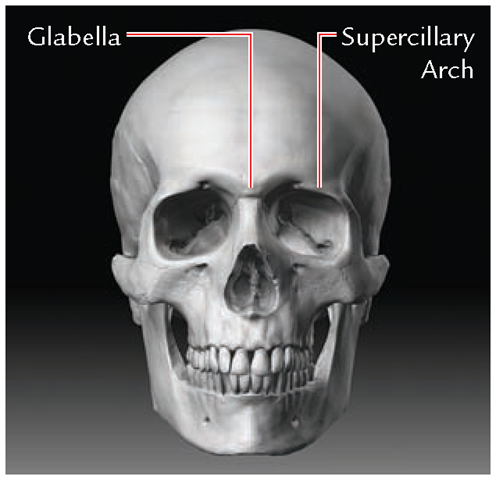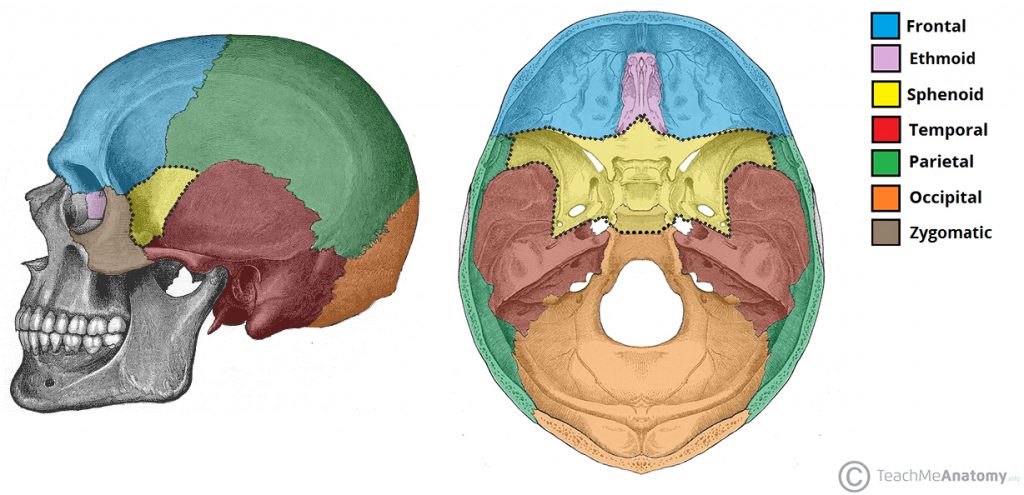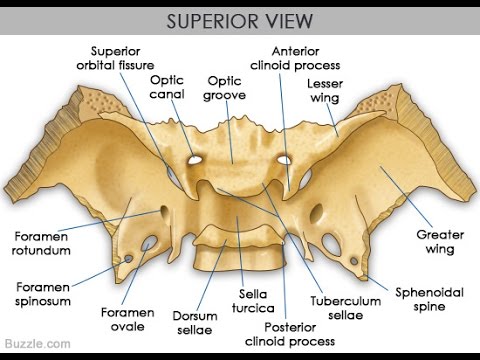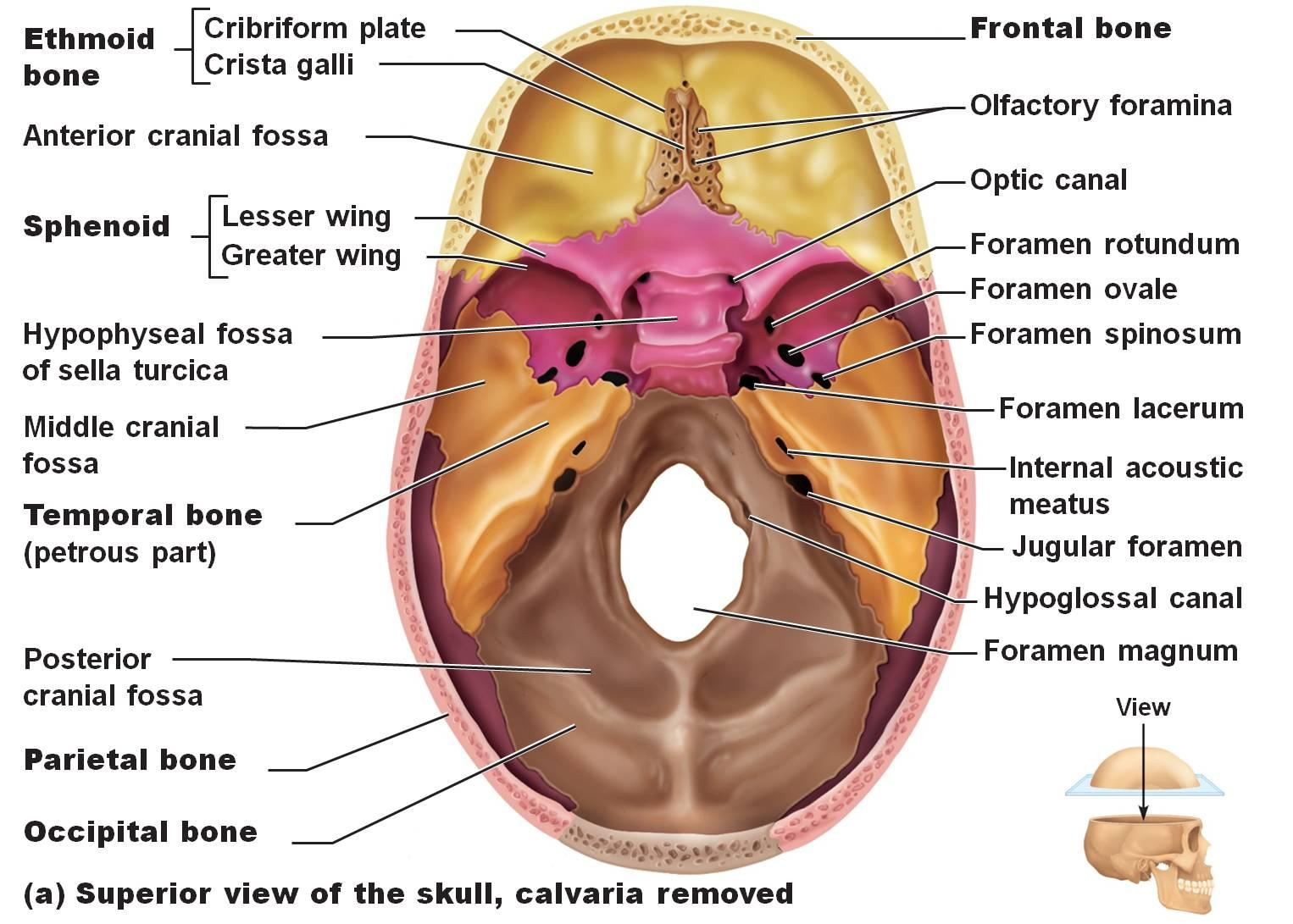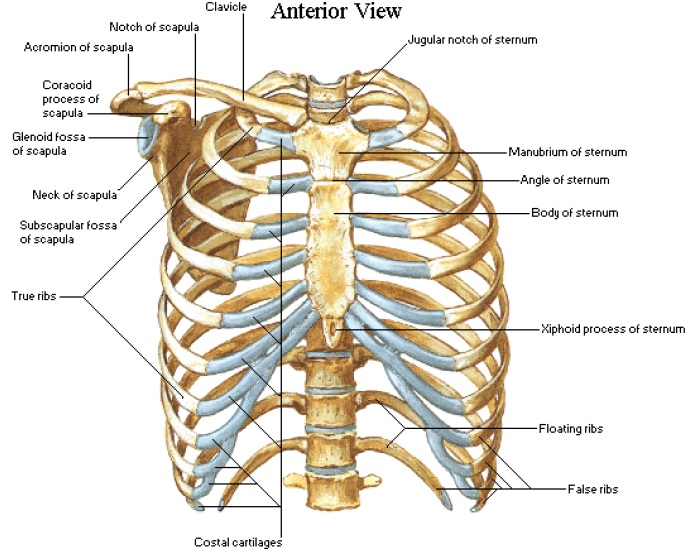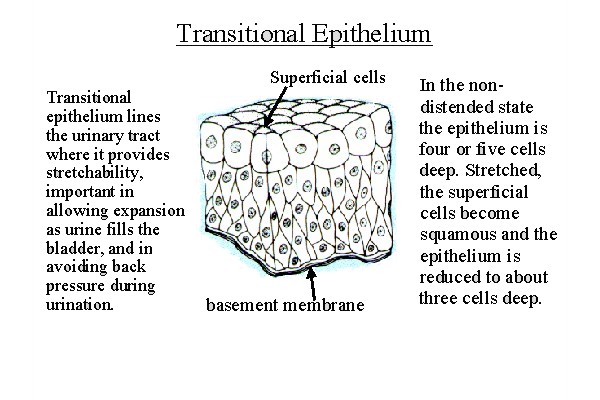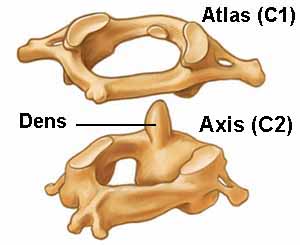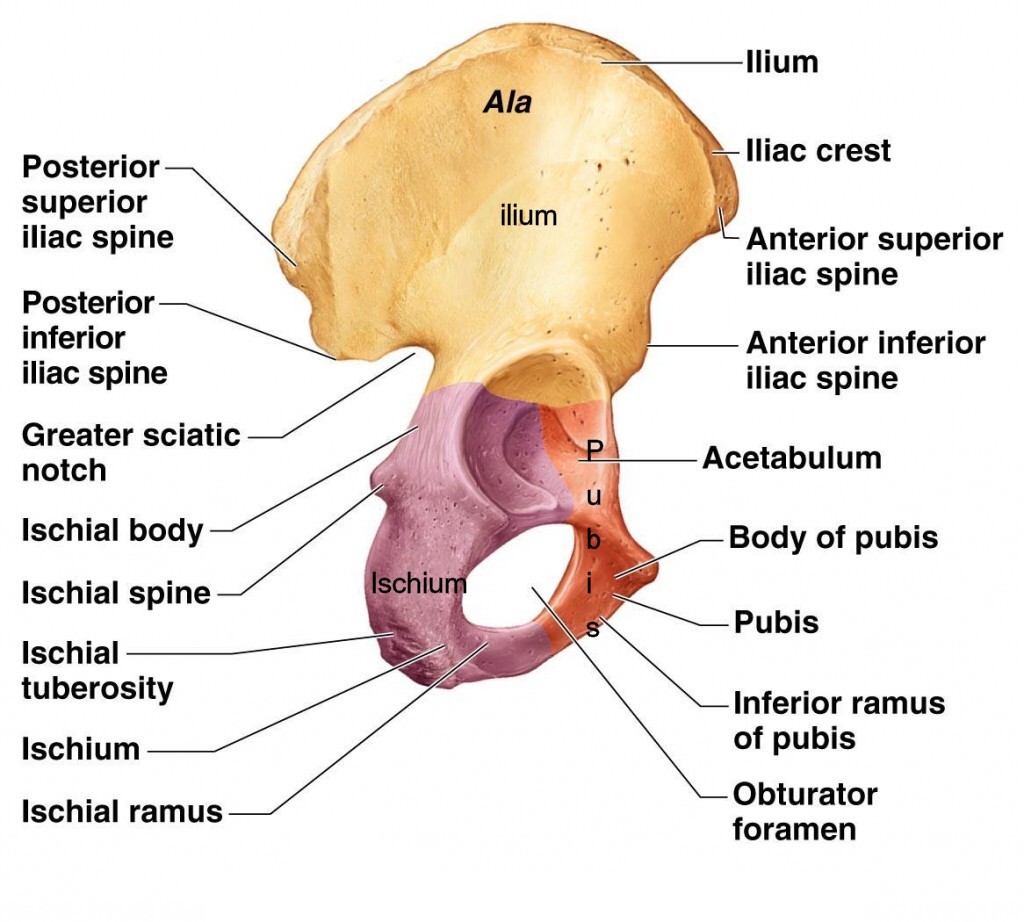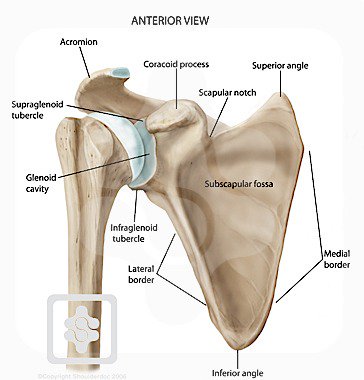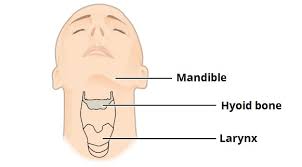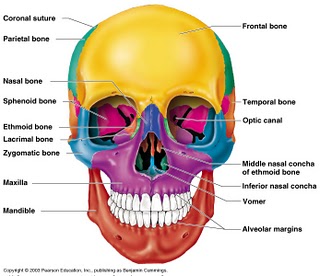Unit Test
Cell, Tissue, Skeleton System and Joint
Multiple Choice Questions.
Vipin Vageriya
Asst. Professor
Manikaka Topawala Institute of Nursing
1.Total number of bones in our body:
a) 200 bones
b) 204 bones
c) 206 bones
d) 208 bones
2. Slightly movable joint is also known as
a) Synarthroses
b) Diarthroses
c) Metaarthroses
d) Amphiarthroses
3. Haversian canal system is seen in :
a) Cortical bone
b) Cancellous bone
c) Teeth
d) Nail
4. Conductivity is a property of _________ tissue.
a. Muscle
b. Nervous
c. Epithelial
d. Connective
5. Pathways crossing in the spinal cord
a) Pain
b) Temperature
c) Touch
d) All of the above
6. Sacral and coccyx is fusion of following-
a) 5 and 4 tiny vertebrae
b) 4 and 5 tiny vertebrae
c) 3 and 4 tiny vertebrae
d) 4 and 3 tiny vertebrae
7. Junction between the sagittal and coronal sutures is called:
a) Corona
b) Bregma
c) Lambda
d) Parietal eminence
8. The largest and strongest bone of the face is :
a) Maxilla
b) Mandible
c) Occipital bone
d) Frontal bone
9. Glabella is a part of :
a) Frontal bone
b) Parietal bone
c) Temporal bone
d) Occipital bone
10. Which has the features of bat with wings extended?
a) Frontal bone
b) Occipital bone
c) Sphenoidal bone
d) Temporal bone
e) Ethemoid bone
11. Contractility is a property of ________ tissue.
a) Muscle
b) Nervous
c) Epithelial
d) Connective
12. Which of these bone is not a paired bone of the skull ?
a) Frontal bone
b) Nasal bone
c) Temporal bone
d) Maxilla
13. Which is not the part of sternum?
a) Manubrium
b) Xiphoid process
c) Body
d) Fundus
14. Which of the following statement is INCORRECT?
a) Bone protects and support body.
b) Most blood cell are made in bone.
c) Bone serves as storehouse for minerals.
d) Bone is dry and non living structure.
15. Which bone protects the brain?
a) Cerebrum
b) Pituitary bone
c) Thymus gland
d) Cranium
16. Inner part of bone which is porous and soft in nature is called--
a) Spongy bones
b) Compact bones
c) Connecting bones
d) Protective bones
17. Most hard connective tissue present in body are called--
a) Lymphocytes
b) Bones
c) Cartilages
d) Collagens
18. Cartilage which is similar to hyaline cartilage in which collagen fibers as well as elastic fibers are present is called
a) Hyaline cartilage
b) Elastic cartilage
c) Fibrous cartilage
d) Inelastic cartilage
19. White and red blood cells are produced by
a) Heart
b) Bones
c) Liver and kidneys
d) Pancreas
20.The epithelial tissue in the urinary bladder that allows it to stretch without tearing is --
a) Stratified squamous
b) Simple cuboidal
c) Simple columnar
d) Transitional
21.Which is the bone, not matching with other bone?
a) Scapula
b) Fibula
c) Humerus
d) Radius
22. What is the longest bone in the human body?
a) Tibia
b) Femur
c) Ulna
d) Illium
23.The function of a ______ is to connect the muscle to the bone..
a) Ligament
b) Tendon
c) Joint
d) Cartilage
24. A ________ joint exists in the elbow.
a) Ball and Socket
b) Gliding
c) Condyloid
d) Hinge
25. One of yellow bone marrow's functions is to . . .
a) Store fat
b) Create proteins
c) Create red blood cells
d) All of the above
26. Which of these is NOT a typical vertebrae?
a) Lumbar Vertebrae
b) Thoracic Vertebrae
c) Sacral Vertebrae
d) Cervical Vertebrae
27. There are ……cranial bones and ………….facial bones in the adult skull.
a) 10,12
b) 8,14
c) 14,26
d) 8,12
28. Place where two or more bones meet.
a) Joint
b) Marrow
c) Calcium
d) Articulatop
29. All are synovial joints except-
I. Pivot
II. Saddle
III. Fibrous
IV. Radio carpal joint
V. Saggital suture
VI. Hinge
a) II, VI, V
b) I, II, IV, VI
c) III, V
d) II, III, V,
30. The bone of the upper arm is the--
a) Radius
b) Ulna
c) Humerus
d) Femur
31. All are the carpal bones except-
a) Pisiform
b) Scaphoid
c) Trapezium
d) Calcaneum
e) Hamate
32.The key purpose of the ribcage is to:
a) Protect the urinary bladder
b) Help with the movement of the intestines
c) Protect the heart and lungs
d) Allow the stomach to dilate and contract
33.What helps to make bone so strong:
a) Calcium and phosphorous
b) Vit-D
c) Osteoclasts
d) Their shape
34. What do the patella and ulna protect?
a) Wrist and elbow
b) Digestive organs
c) Knee and elbow
d) Ankle and foot
35. What do the carpals and tarsals protect?
a) Wrist and ankle
b) Knee and elbow
c) Heart, lungs and blood vessels
d) Shoulder and pelvic girdle
36. These joints are found in the knee and elbow.
a) Pivot
b) Ball and socket
c) Hinge
d) Condyloid
37. These joints are found in the hip and shoulder.
a) Hinge
b) Ball and socket
c) Pivot
d) Restraint
38. The part of the bone where blood cells are made.
a) Bone Marrow
b) Joint
c) Ligament
d) Tendons
39. The ribs, sternum and spine protect these.
a) Kidneys, bladder, urethra
b) Heart, lungs, blood vessels
c) Small intestine, large intestine
d) Gall bladder, stomach, kidney
40. What do the ilium and spine protect?
a) Digestive organs
b) Knee and elbow
c) Wrist and ankle
d) Acetabulum and greater trochanter
41. There are around how many bones in the adult axial skeleton?
a) 72
b) 206
c) 126
d) 80
42. What do bones store?
a) Bile and insulin
b) Urine and feces
c) Calcium and iron
d) Protein and fat
43. What does the clavicle and scapula protect?
a) Brain
b) Intestines
c) Shoulder
d) Pelvis
44. What protects the spinal cord?
a) Patella
b) Ulna
c) Vertebrae
d) Brain
45. C1 and C2 is also known as-
a) Cervical and thoracic vertebrae
b) Cervical and coccyx vertebrae
c) Atlas and cervical vertebrae
d) Atlas and Axis vertebrae
46. All are the part of innominate bone except-
a) Ischium
b) Obturator foramen
c) Glenoid cavity
d) Superior ramus
47. Which bone is known as collar bone-
a) Clavicle
b) Scapula
c) Ilium
d) Ulna
48. Acromion process is part of which bone-
a) Clavicle
b) Ulna
c) Scapula
d) Patella
49. Shortest and longest bone of human skeleton is-
a) Humerus and femur
b) stirrup bone and femur
c) malleus and incus
d) scapula and femur
50. Which bone is known as shin bone-
a) Fibula
b) Radius
c) Ulna
d) Tibia
51. Which bone is known as necktie bone-
a) Clavicle
b) Scapula
c) Sternum
d) Ilium
e) Ulna
52. Which bone is not present in pair-
a) Cheek bone
b) Temporal bone
c) Maxillary bone
d) Lacrimal bone
e) Parietal bone
f) Hyoid bone
53. Olecranon process is part of which bone-
a) Radius
b) Ulna
c) Humerus
d) Patella
54. Example of hinge joint is-
a) Hip joint
b) Metacarpo-phalangeal joint
c) Radio ulnar joint
d) Clavico-scapula joint
55. Which bone is known as breast bone-
a) Nipple bone
b) Scapula
c) Sternum
d) Hyoid
e) Vomer
56. Synovial joint is also known as-
a) Synarthroses
b) Diarthroses
c) Metaarthroses
d) Amphiarthroses
57. The Tissue that lines and covers the body is ________.
a) Epithelial
b) Connective
c) Nervous
d) Muscle
58. Which is not the part of Intramembranous ossification-
a) Development of ossification center
b) Calcification
c) Growth of epiphyseal plate
d) Formation of trabeculae
e) Development of periosteum
59. Which one of the following organelles digests the old organelles that are no longer useful to the cells?
a) Ribosomes
b) Mitochondria
c) Lysosomes
d) Chromatin
60. Which of the following statements are true about Endoplasmic Reticulum?
(a) Smooth Endoplasmic Reticulum makes lipids.
(b) It is also called the control center of the cell.
(c) It processes carbohydrates.
(d) It modifies chemicals that are toxic to the cell.
a) a, b, c
b) a, c, d
c) a & d
d) All are right
* * * * * * * * * * * * * * * *




